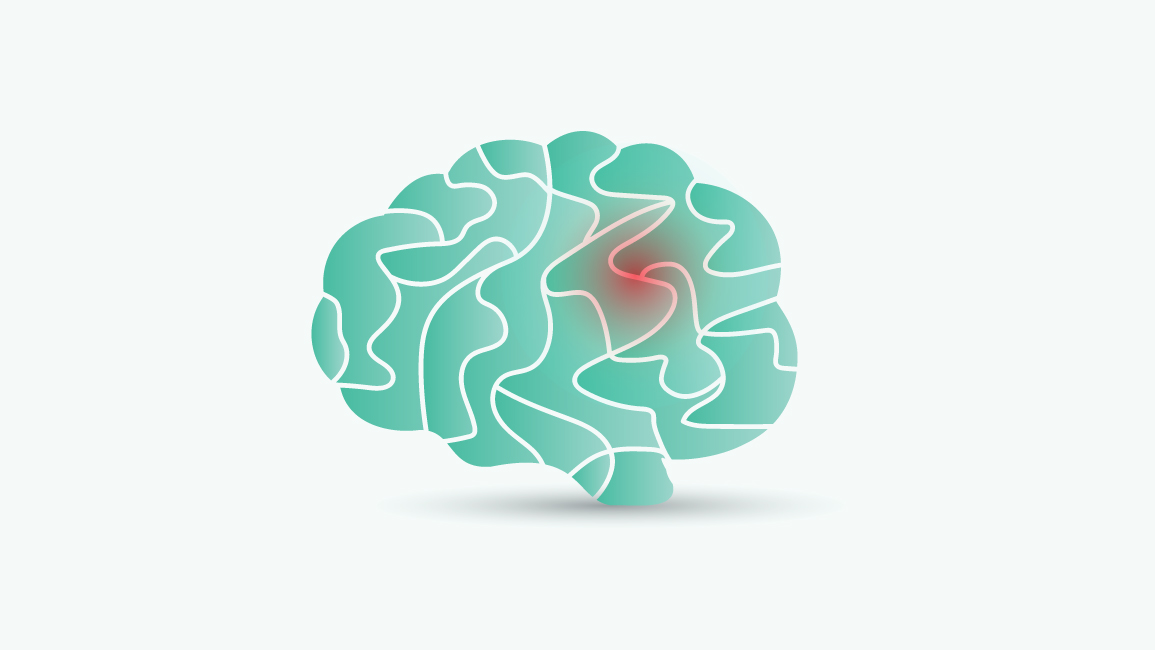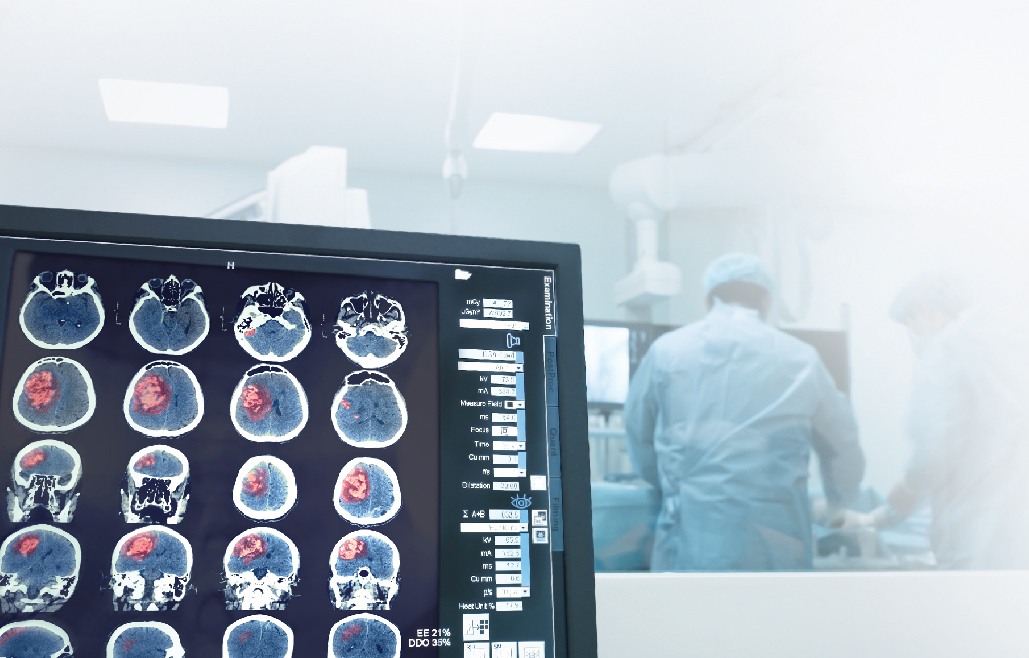Safe and Scar-Free Treatment for Brain Aneurysms: Coiling Technique
Center : Neurology Center
Article by : Assist. Prof. Ittichai Sakarunchai

Brain aneurysms are a silent yet dangerous condition, comparable to the risks of a stroke. This condition progresses slowly, often without symptoms, and lacks warning signs, making it highly prone to sudden rupture. When a brain aneurysm ruptures, it causes severe bleeding in the brain, leading to a high mortality rate. Conversely, detecting a brain aneurysm before it ruptures and treating it promptly can significantly reduce the risk of death or paralysis. Currently, treating brain aneurysms or ruptured blood vessels in the brain lining can be achieved without surgery using the coiling technique (Coil Embolization), which is safe and leaves no scars, allowing patients to return home quickly.
Contents
How to Identify a Brain Aneurysm
Brain aneurysms are typically discovered only after symptoms such as severe headaches or other significant signs appear:
- Large Brain Aneurysms: Symptoms include drooping eyelids, double vision, headaches, or blood clots causing weakness, numbness, facial drooping, and speech difficulties.
- Ruptured Brain Aneurysms: This results in severe and sudden headaches, neck pain, nausea, vomiting, unconsciousness, or seizures. Persistent severe headaches and neck pain may occur upon regaining consciousness. Immediate medical attention is critical as untreated bleeding can be fatal.
If these symptoms are present, doctors may perform further diagnostic tests such as a CT scan, MRI, or cerebral angiography, the latter providing the most precise diagnosis of brain aneurysms.
Non-Surgical Treatment for Brain Aneurysms
Coil Embolization is a non-surgical treatment option for brain aneurysms. This technique involves inserting a catheter into the blood vessel to release coils that block the aneurysm, preventing blood flow into the aneurysm sac. This method can be used for both unruptured and ruptured aneurysms, depending on the patient's condition.

Coiling Technique for Treatment
Coil Embolization involves guiding a catheter through the blood vessel from the groin or wrist to the brain, using fluoroscopy for real-time imaging. Once the catheter reaches the aneurysm, a smaller catheter is used to insert metal coils into the aneurysm sac. These coils induce clotting within the aneurysm, blocking blood flow and preventing further bleeding.
Advancing Aneurysm Treatment with Biplane Technology
Biplane Digital Subtraction Angiography (Biplane DSA) is an advanced imaging technique that captures two simultaneous views (front and side) of blood vessels, creating a 3D-like image. This technology allows surgeons to accurately navigate catheters to the aneurysm and release coils precisely, enhancing treatment safety and patient recovery.
Benefits of Coil Embolization
- No surgery required
- Safe and scar-free
- Minimally invasive, reducing patient discomfort
- Lower risk of surgical complications and prolonged anesthesia
- Quick recovery and faster discharge
Coil Embolization for treating unruptured brain aneurysms reduces the risk of future ruptures. It is crucial to seek immediate medical attention if you experience an unprecedented headache, as early intervention can prevent severe complications.
For more information or to consult with a neurology specialist, contact our Neurology Center. Our team is dedicated to providing expert guidance and support. Free online consultations are available.


Assist. Prof. Ittichai Sakarunchai
Neurological Surgery / Interventional Neuroradiology
Neurology Center
Free Online Consultation
Article of Neurology Center





